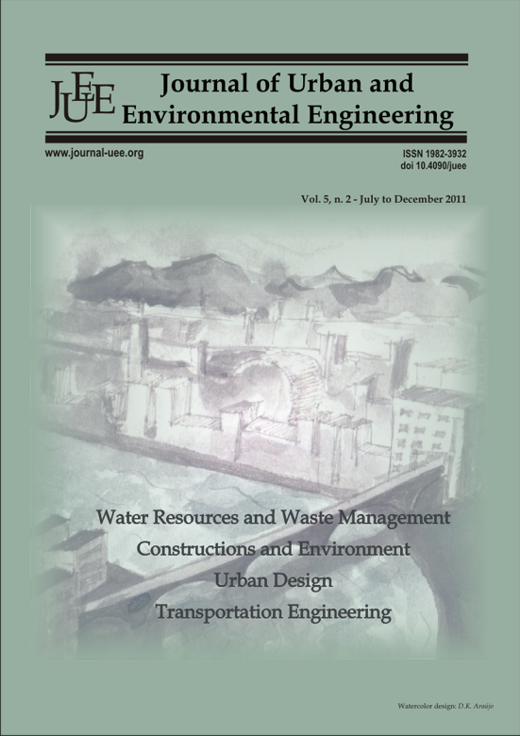ACCESS TO PUBLIC OPEN SPACE: IS DISTRIBUTION EQUITABLE ACROSS DIFFERENT SOCIO-ECONOMIC AREAS <a href="http://dx.doi.org/10.4090/juee.2011.v5n2.067072">(doi: 10.4090/juee.2011.v5n2.067072)</a>
DOI:
https://doi.org/10.4090/juee.2011.v5n2.%25pKeywords:
Accessibility, Public Open Space, Physical Activity, Inequality, CityAbstract
During the past decade, the role of the built environment on physical activity has been well investigated by public health, transportation and urban design scholars and it has been shown that different aspects of the built environment can influence physical activity Public open spaces (POS) like parks have many health benefits and they can be important settings and destinations for having physical activity. Inequality in access to POS which may influence the amount of physical activity can be a reason for lower physical activity among deprived neighbourhoods. This paper aims to examine whether objective access to public open spaces (POS) like parks is equally across the different socio-economic status (SES) areas in the City of Melbourne. Objective access to POS was measured in network distance using geographic information systems (GIS) and area SES was obtained using the SEIFA (Socio-Economic Indexes for Areas) index. The results showed there was a significant difference in access to POS according to the SES areas. There was a significant negative correlation between the access to POS and the SES areas in which lower SES areas had poorer access to POS in comparison with the higher ones.Downloads
Download data is not yet available.
Downloads
Published
2011-12-14
Issue
Section
Articles




